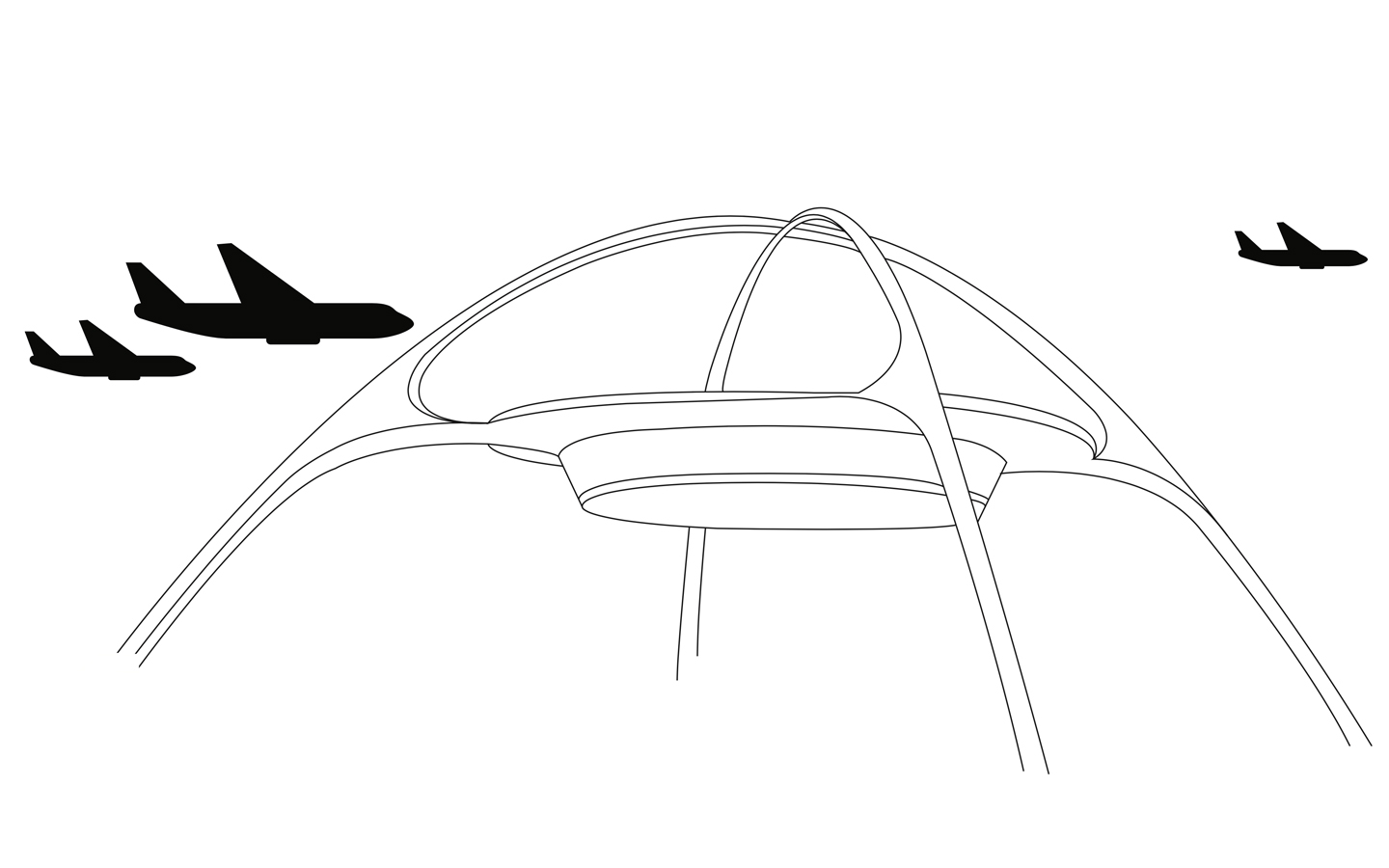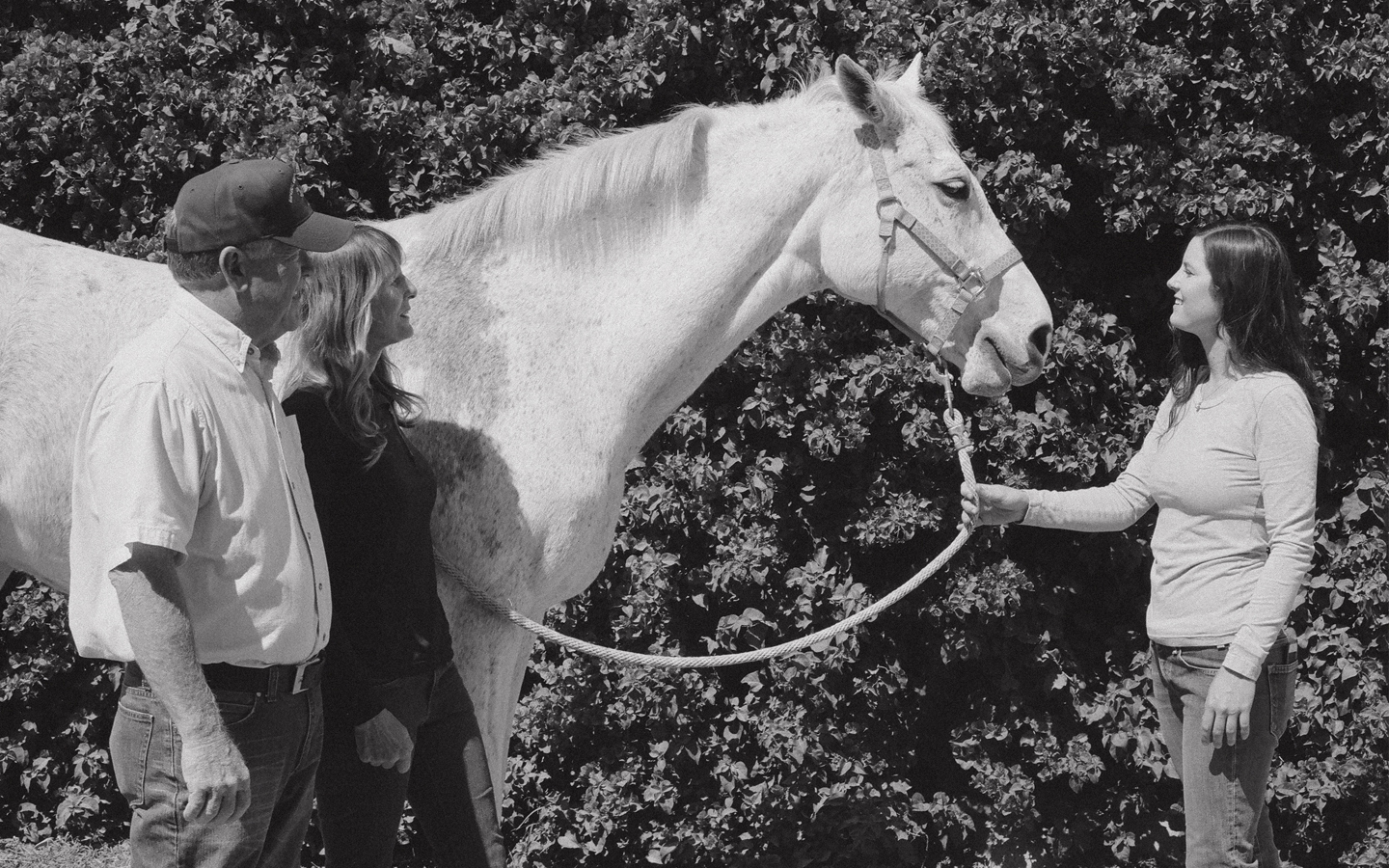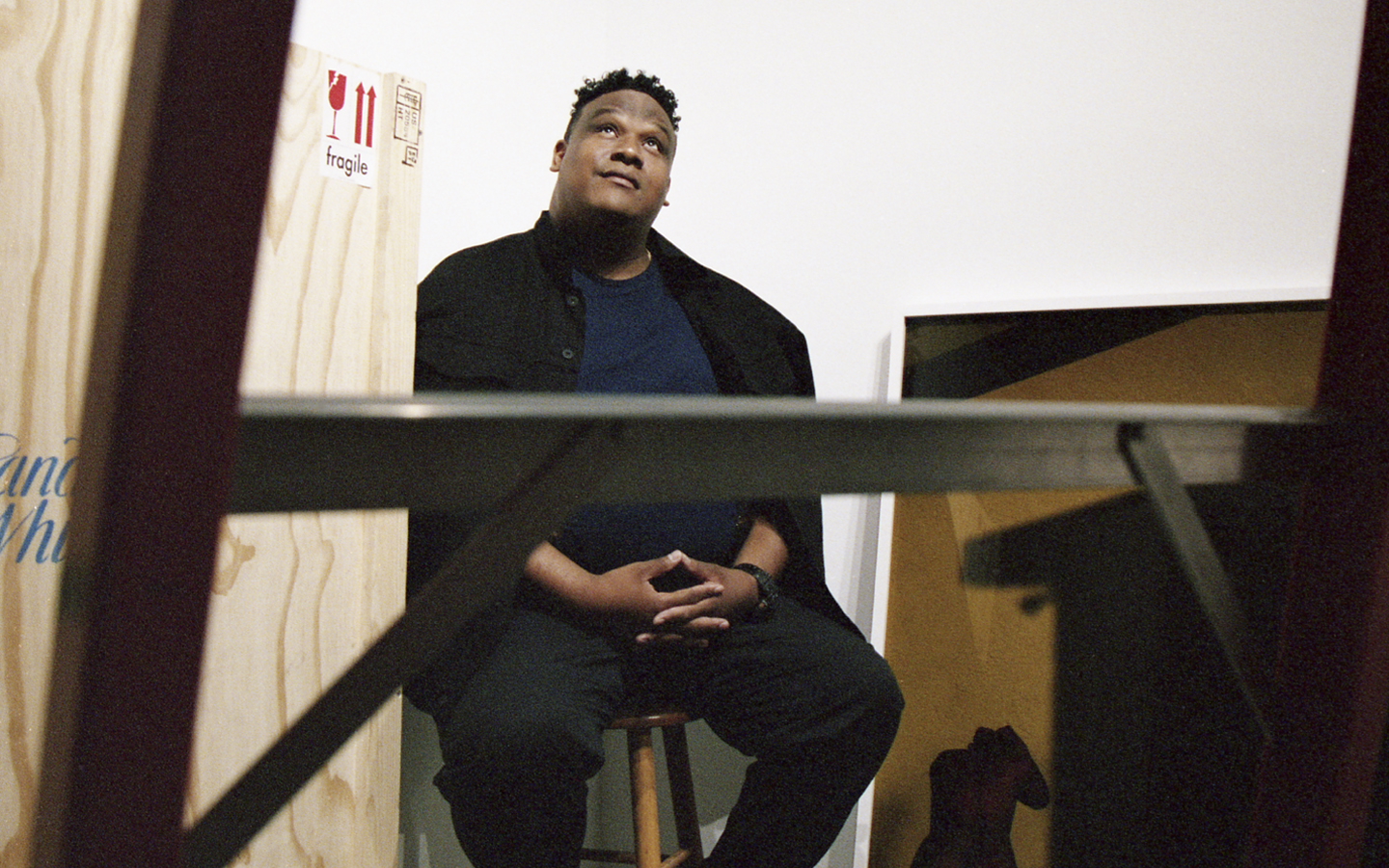
Theme Building
TEXT GENIE DAVIS
VISUAL FARIDA AMAR
For many people, the Theme Building at LAX is one of the first things they see in the City of Angels. It was certainly one of my first visual connections with the city when I arrived in Los Angeles back in the 80s: this strange, super-cool, spaceship-like structure, right in the middle of the airport.
The Theme Building is as intrinsic to Los Angeles as Chris Burden’s light sculpture at LACMA and the Watts Towers.
Many people, myself among them, have referred to the Theme Building as reminiscent of The Jetsons, but the truth is the other way around. The Jetsons animators were doubtlessly inspired by it, as the comedy cartoon show of 20th-century futurism aired for the first time a year after the dedication of the building.
Either way, the best thing about the Theme Building is that it looks as if it could be from the future, or maybe from another planet. Any traveler, from any place and time, seems welcome.
Architects Pereira & Luckman designed the plans for the Los Angeles International Airport in 1959. William Pereira may have been influenced by his brother Hal, who happened to be the art director of the 1954 classic film, War of the Worlds. It has been said that William intended the Theme Building to look like a landing spaceship.
Najeeb E. Halaby, the FAA administrator at the time, called it the first terminal area designed for the jet age, and predicted it might become as famous as Disneyland. And in its own way, it has. In 1993, the Los Angeles City Council designated it Historic Cultural Monument Number 570.
Originally, Pereira & Luckman envisioned LAX’s nine terminal buildings and 8,398 parking spaces connected to an enormous, futuristic glass dome in the center of the airport. After the plan was scaled down, the Theme Building stood where the dome would have been. Rather than a control tower, it was topped with a restaurant.
When the building was dedicated in 1961 by Vice President Lyndon B. Johnson, the restaurant rotated slowly, providing a commanding 360° panorama. Though the restaurant later became stationary, people still came from miles around for views of arriving planes and the Santa Monica Mountains.
Rising 135 feet, the Theme Building cost $2.2 million, a large sum at the time. It was a massive undertaking, constructed by a partnership of three architectural firms: Pereira & Luckman and Associates, Welton Becket & Associates, and Paul R. Williams. Architects James Langenheim and Gin Wong, of the Pereira & Luckman firm, helmed the project.
Four steel-reinforced concrete legs make up the building’s signature crossed arches, each rising fifteen feet from the ground. Hollow, stucco-covered steel trusses create the illusion that the legs are conjoined. At the time, it was a major architectural marvel; honestly, it still is.Years later, a $4 million renovation by Walt Disney Imagineering gave the building a colorful interior and fresh lighting to mark the 1997 opening of the Encounter Restaurant. Music that could have been straight out of an action movie played in the elevator. A new observation level apart from the restaurant allowed visitors to take in the view.
The most significant alteration was a three year project to repair and seismically retrofit the building after a chunk of stucco fell from the eastern arch and smashed the restaurant roof in 2007. With the structure covered in scaffolding, it was a dismal three years for airport arrivees.
Tower General Contractors and Miyamoto International, which administered the project, chose not to take the easy route of reinforcing the building with new concrete, which would have altered the look of the place. When the challenging retrofit was completed in 2010, amazingly, the appearance of the Theme Building hadn’t changed a bit.
The contractors used a 1.2 million-pound steel weight, called “a tuned mass damper”, to anchor the roof and counteract any movement in the event of an earthquake, and reinforced the surrounding screen wall with carbon fiber— appropriately space-age stuff.
12.3 million dollars later—six times the cost of the original construction—the building reopened, grand and surreal as ever, but safer and sounder. The iconic views were back. The Encounter Restaurant thrived on renewed public interest. The observation level re-opened to the public on Saturdays and Sundays, and on the ground level there was a new memorial to the victims of 9/11.
In 2013, the Delaware North Companies Travel Hospitality Services, which operated the restaurant, closed its doors. The restaurant was in a non-secure area, and travelers just didn’t want to leave their terminals and undergo the hassle of returning through the security line. And, let’s face it: in LA’s trendy scene, Delaware North is hardly a bastion of gourmet dining. Entrée choices included jumbo shrimp with penne in a Pomodoro sauce and a seared tuna sashimi salad: the kind of standard upscale fare travelers might find in any reasonably sized city from the American Midwest to Australia.
While a new operator is still being sought, no one has stepped up to the proverbial dining plate. At least the observation deck remains open on weekends, and in 2018 a new tenant will inhabit the building’s ground level: a new and improved USO center for Southern and Central California military members. The center will double the size of the airport’s current USO space, and include a snack bar, dining room, nap room, movie screening area, and private family rooms, serving some 8,500 military members and their families every month.
And so, it stands: a beacon of arrival in a future that hasn’t quite happened yet. It sings of history and potential, of a kind of crazy vision realized. Like the best of iconic Los Angeles art and architecture, the Theme Building is at once a little bit kitschy and a lot visionary. It contains elements of the city’s Populuxe and Googie architectural styles, references LA film culture, and as the Los Angeles Conservancy points out, serves as a world renowned “space-age landmark of one of the world’s youngest and most influential major cities.”
The Jetsons would feel right at home.
You may also like
The Griffith Family of Imperial Equestrian
“I love my job. I am in love with my job,” Shona smiled, expressing compassion and concern for t
Rick Garzon of Residency
“Inglewood has a very rich art community that nobody really knows about….Why not bring it to the
Theresa Baxter of Allmost Studio & Gallery
When I walk in and there’s a photoshoot, and a meeting, and someone is in their studio using an an




